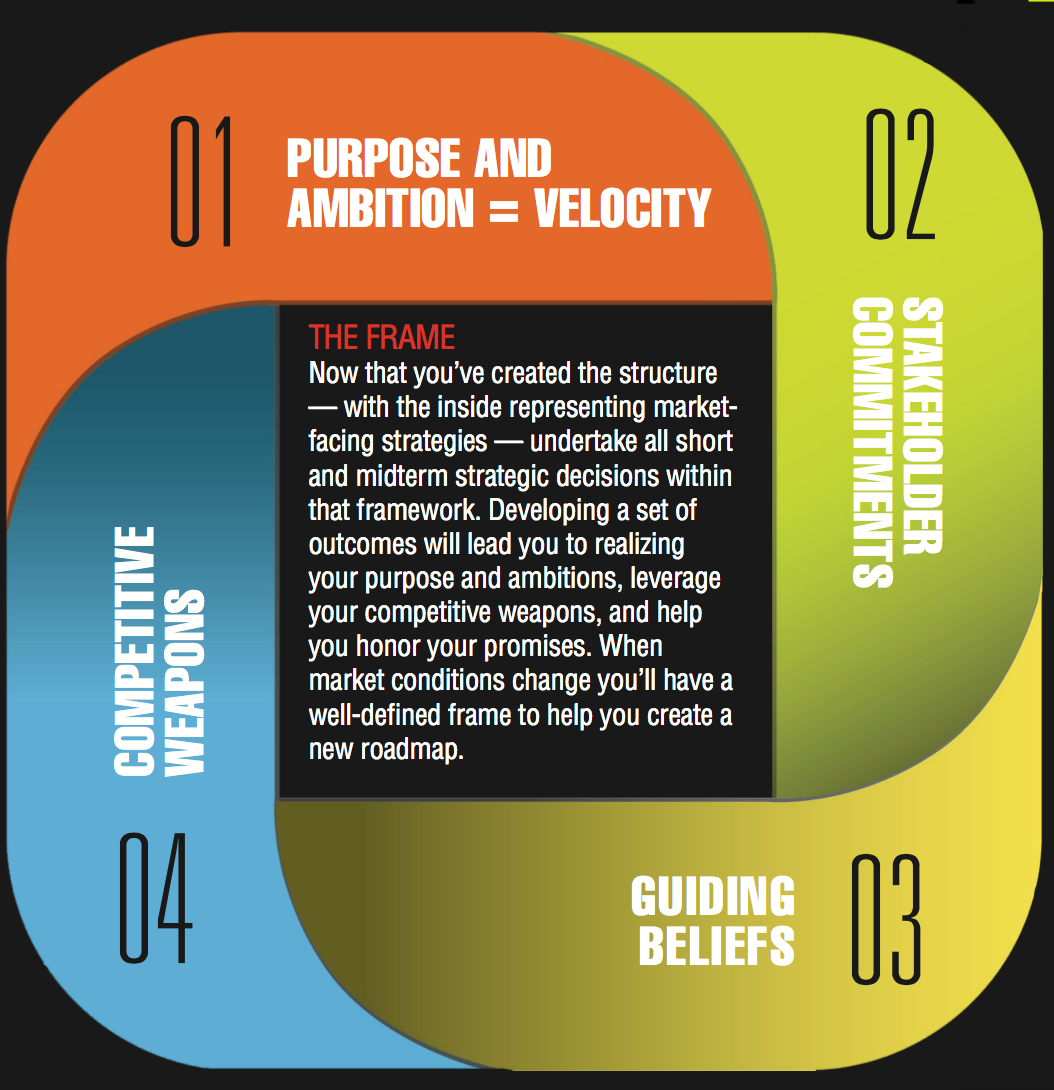From Avoiding Risk at all Costs to a Culture of Innovation and Collaboration
How inventing a new future accelerated development and fostered a culture of collaboration and innovation for a major tire manufacturer.
The Challenge
The Vice President of Product Development for the Americas’ division of a major global tire manufacturer was committed to creating a world-class, innovative organization. This particular R&D organization had its roots in a 112-year-old company that had been acquired more than 25 years before by a strong global company with equally historic roots. Despite the length of time since the merger the product development organization still held itself as separate from the overall organization. There were many antiquated views that were limiting innovative thinking and action, impacting results.
The VP had already made staffing changes, downsized strategically and made significant progress on transforming the culture – and while team members were cautiously optimistic, it was seen as something management was doing – and particularly the VP. There was an improved leadership team in place, but some concern as to how aligned that team was. There was much talk of a top-down change and no bottom-up participation.
The Insigniam Impact
The Vice President of Product Development for the Americas turned to Insigniam, to work with his leadership team to establish them as a coalition of leaders focused, aligned and collaborating to produce a high-performance environment and breakthrough business results. Through a four-day work session, the team aligned on a bold and inspiring vision for the organization – one that was risky for them to declare to the rest of the company. The new vision declared their ownership of the future of the company, one that would put them in the driver’s seat of causing a breakthrough in taking the company from being fast followers to leaders in the industry when it came to innovation.
The Insigniam Breakthrough Process
Step 1. REVEAL
The most common terms people used to describe the culture of the product development organization were bureaucratic, risk-averse, stodgy and slow. There was a strong fear of failure and reliance on how things had been done for decades which impeded any innovation or new thinking. In addition, they didn’t have a strong relationship with their colleagues outside of product development, both in the US and internationally. Not only was product development sectioned off in its operations, but also the larger company saw them as separate and not really willing to work with the other parts of the organization. An ‘us vs. them’ mentality existed and to quote the VP “The business side of the house didn’t think we were responsive to their needs, geographically, we were in different places. As an R&D group, we weren’t as responsive as we could have been”
Another factor was the average tenure of the members of the leadership team, with many of them having more than 30 years of experience in the organization, it cemented a mindset of how things “should be done”. This contributed to the risk-averse culture and left the newer and younger professionals in product development frustrated at their inability to move the company forward. There were many mentions of ‘are they walking the talk?,’ reflecting concerns that while the VP of Product Development believed in the new cultural direction – did his leadership team?
Step 2. UNHOOK
This step releases an organization from the dominating influence of the past.
Specifically, the team looked at:
How a recall 13 years earlier was still highly influential in the actions people took in the present, and equally important how they saw themselves. There was still a strong sense of failure among people who worked on the product that was recalled. This resulted in a reluctance to be bold and innovative. They considered themselves fast followers in the industry when it came to developing new products and technology.
What were they doing or not doing that perpetuated the viewpoint that Product Development was hard to work with?
The impact of a top-down, execution-driven mentality led to a very disjointed organization, where each group was protective of their turf and resources.
Step 3: INVENT
This creative aspect of the four-step process served as a catalyst for breakthrough change.
This step led to a new vision statement to guide product development into the future: We own the future, our products are inspiring, we move people.
This was a bold statement for the organization to make – and not without some risk that the rest of the company would see them as arrogant when they declared that they owned the future. The intent was to put a stake in the ground acknowledging their ownership of the long-term success of the company. The products, technology and methods they innovated would determine whether they would become leaders in the industry or continue to be “fast followers”.
Step. 4. IMPLEMENT
In order to have this new vision statement mean something outside of the working sessions, the leadership team commissioned two project teams, a Breakthrough Project Team and an Enrollment Team. These teams worked for 6 months and achieved results that took the idea of a cultural transformation from something that leadership was working to something involving all four hundred people of product development.
The Breakthrough Project Team was tasked with causing a breakthrough in how long it took to develop a product – to take that process from 2-3 years in some areas to one year. The result was a model for a cross-functional team, including people in manufacturing. This was unprecedented in that manufacturing had never been involved in the development of a tire before – in the past, they were often blamed for being the reason tires couldn’t be developed faster. The model was piloted in three areas and was successful in achieving the one-year target in two of them.
The Enrollment Team was responsible for having the vision statement come alive for everyone in product development. They held listening sessions with the entire product development organization, capturing what was important to their colleagues and what was keeping them from the new future that had been invented. One of their key accomplishments was developing a structure for innovation that included a move towards people being able to devote 10% of their work time towards innovation and self-formed groups being able to “pitch” new ideas for funding. They also broke up policy “myths” that were keeping a lid on the development and progression of the next generation of leaders.
Key Outcomes
- The leadership team is now aligned on the future vision for the organization and committed.
- North American Product Development and its culture is being held up as a model for other parts of this multinational corporation.
- The organization identified a robust list of projects that would demonstrate its new culture.
- The people of the product development team now have direct access to having authentic conversations with members of the leadership team.
- At all levels of the organization, people began to recognize that they had something to do with the way it was and they could and did take action to impact it.
- The tools are now in place for “radical innovation” and it is now standard in the culture.
- A true spirit and culture of collaboration exist in the organization. To quote an executive director when talking about the results “If you heard the word collaboration once, you heard it 100 times — and that would not have happened before we did this work on the culture.”



